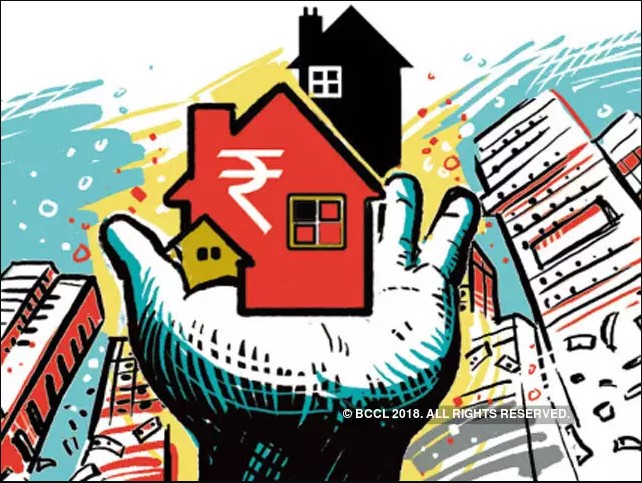INSUBCONTINENT EXCLUSIVE:
By DK AggarwalRecently, the government approved a 33 per cent increase in carpet area of houses eligible for interest subsidy under its
affordable housing programme, called Pradhan Mantri Awas Yojana-Urban (PMAY-U), effective from January 1, 2017.
To note, the carpet area of
a house has been enhanced to 160 sq m from 120 sq m for middle income group-I (MIG-I), and to 200 sq m from 150 sq m in case of MIG
–II.
Besides, the government has proposed a new PPP (public-private partnership) policy for the affordable housing segment
Eight different models have been proposed under two schemes with central financial assistance, including a direct benefit transfer (DBT)
model, mixed development cross subsidizing scheme, annuity-based subsidizing housing, direct relationship ownership housing and direct
relationship rental housing.
Development of the housing sector has direct impact on GDP growth and consumption pattern in the economy
Besides increasing construction activities and growth in the housing sector, this initiative is aimed at fast-tracking the slow-moving
‘Housing for All’ scheme.
Under the PMAY initiative, the government aims to build around three crore houses in rural areas and one crore
houses in urban areas to provide affordable housing for all by 2022
Besides having potential for creating jobs, this would have positive effect on core sectors such as cement, steel, machinery and other
allied industries.
With this initiative, affordable housing finance companies catering to low-income customers would get more support
Affordable housing finance companies have grown at an impressive pace over the past five years.
Also, the centre's credit-linked interest
subsidy scheme for home loans has supported the housing finance companies
The largest home loan provider, Housing Development Finance Corp, has witnessed its growth majorly coming from the affordable housing
Going forward the government thrust on affordable housing and RBI’s expansion the policy on which home loans can be a part of priority
sector is likely to support the housing finance companies.
To note, RBI has expanded the priority sector lending criterion in agriculture,
housing and small and medium enterprises to widen the scope of loans to these sectors
As per ICRA, riding on the growing affordability of houses for first-time buyers, housing credit growth is likely to rise to 17-19 per cent
Retail home loan asset quality of HFCs is expected to benefit from the recent Cabinet decision to treat home buyers as financial creditors
In FY2018, overall housing credit grew 39 per cent pushed by new mortgage players in the affordable housing segment.
On the flip side, the
major hurdles are scarcity of accessible land, rising land and construction costs and regulatory constraints
Besides these, the sector may see risk from high interest rates, which can constrain margins.
Dewan Housing Finance Corporation (DHFL), LIC
Housing Finance, PNB Housing Finance and Can Fin Homes are some of the stocks that are expected to see good growth going
forward.
(Disclaimer: The opinions expressed in this column are that of the writer
The facts and opinions expressed here do not reflect the views of www.economictimes.com.)

